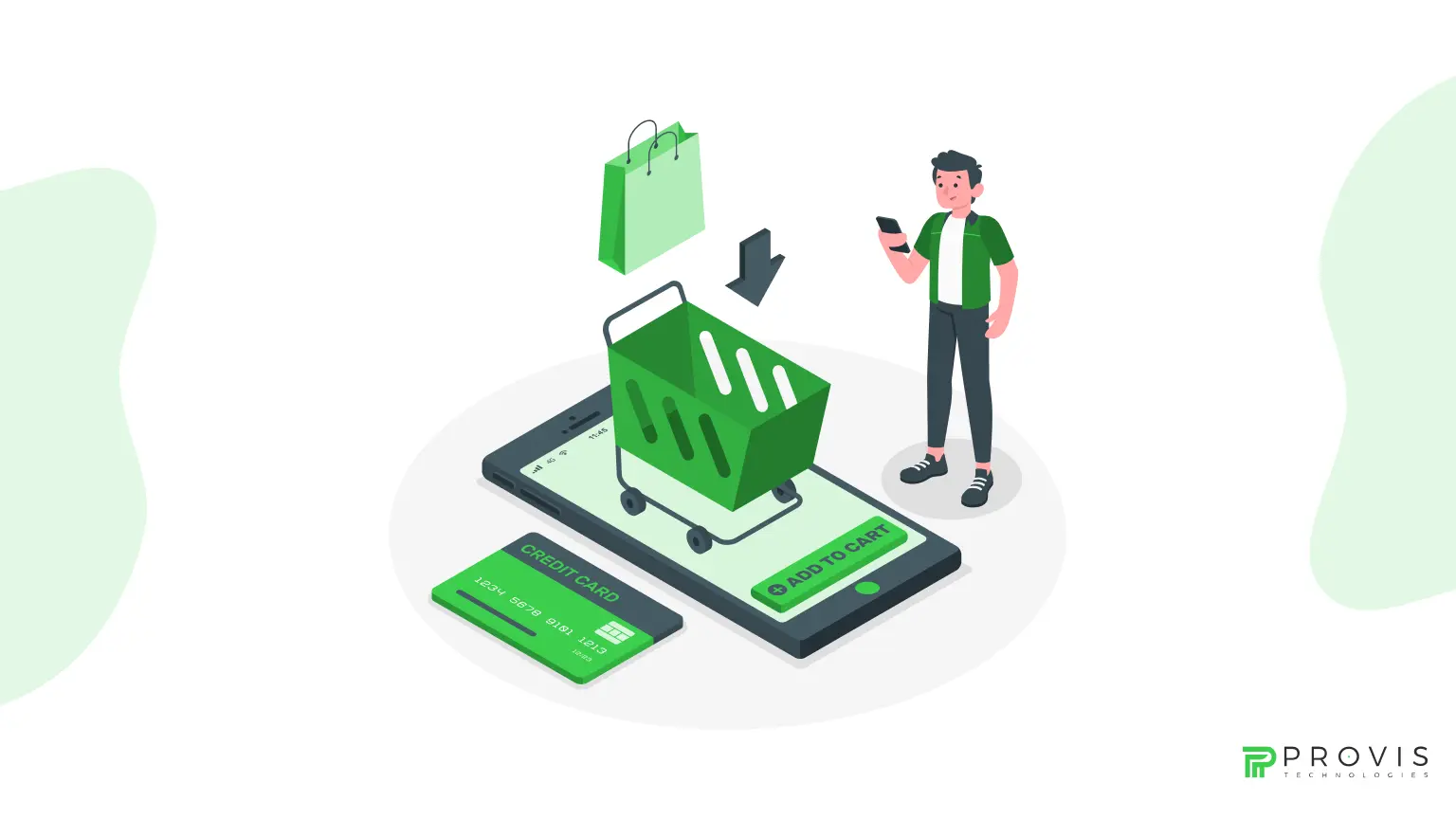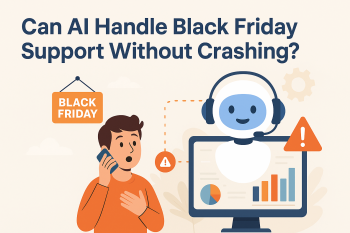Shopping cart abandonment is a pain point for e-commerce businesses globally. As an e-commerce business owner, the last thing you would like to see is shopping cart abandonment. Going by the stats e-commerce industry faces a cart abandonment rate of over 68%. That is more than half of the users who add products to their cart end up not completing the purchase. The question that arises is how to reduce shopping cart abandonment.
One thing that needs to be cleared is that no e-commerce store can have a 0% shopping cart abandonment rate. It’s about keeping it as low as possible, and better if you can drag it down to a single digit. To reduce shopping cart abandonment, it’s important to know the major causes behind it.
Source: https://www.searchenginejournal.com/reduce-shopping-cart-abandonment/348438/
Knowing the causes behind shopping cart abandonment would give insight into what is going wrong in the first place. Eventually, it would give you ideas and fixes to be done to reduce shopping cart abandonment.
Shopping Cart Abandonment: Major Reasons
Shopping cart abandonment generally happens due to a combination of certain reasons. These are things that mainly affect the consumer either in monetary terms or by creating ambiguity about the policies.
Here are some major reasons that lead to a shopping cart abandonment:
- Hidden Charges: One thing that turns off the customer at the checkout page is the hidden charges. This hide-and-seek doesn’t go well, and the user abandons the cart. Charges like shipping charges, convenience fee, handling fee, etc, that are added at the checkout are one of the key reasons for cart abandonment.
- Lengthy Check-out: The idea at the check-out page is to be as quick and simple as possible. A lengthy checkout where users are asked to register, fill in details, and then fill in payment details is annoying. Many users don’t want to create an account and continue as a guest user; forcing them to create an account and fill in details is a deadly move.
- Delivery, shipping, and returns: Cart abandonment can also come from customers who have purchased goods from your e-commerce store. Slow delivery, high shipping costs, and complicated return or refund procedures can move the customer away.
- Security concerns: Users on an e-commerce store are concerned about the security of their data. Details like name, phone number, address, credit/debit card number, etc, are sensitive pieces of user data. If the e-commerce site is not cyber secure and non-compliant with the necessary guidelines, then users can be skeptical about it. Given the high rate of financial thefts online, an e-commerce store has to show that it provides security and protection of user data.
- Limited payment options: In terms of payments, users want all the flexibility of payment modes. From credit card, debit card, to wallet, and buy now, pay later, you have to be open to all the options. Customer convenience is the key to an e-commerce store’s success, and providing flexibility of payment is a key aspect of that.
- Website /App Crashdown: If your e-commerce site or app crashes during a high-traffic event like sales or a festive occasion, then users will not like to shop with you. A seamless experince is what a user wants and deserves. They won’t wait for you to fix your website and app to start shopping. It’s upon the store to be well prepared to serve the customer, especially on important days like the sales day or festive sales.
Reducing Shopping Cart Abandonment: Ways to Reduce It Effectively
- Don’t force users: One thing that you should not do is to force the user on your e-commerce store. Don’t force them to create an account and fill in the details to start shopping. Rather:
- Allow flexibility to shop as a guest user
- Use a simple login, like a mobile number and OTP
- Make things like opting for updates and messages optional
- Be very clear: It is always better to be clear with what you offer rather than turning off the customer at the last stage.
- Mention your shipping and return policy, and mention the shipping charges
- List out in which cases charges are applicable and how it is waived off, clearly on the website
- Make sure that users can access it easily, and in case of queries, they can get help from customer support
Transparency is the best policy to build a reputation with customers and build trust. Be as clear as possible in your communications.
- Reach out to abandoned carts: You can get conversions from abandoned carts if you reach out to understand what went wrong. Reach out to the user within 5-10 minutes of cart abandonment via email, WhatsApp, call, etc. Try to understand what went wrong for them, solve the issue, or note it down for rectifying it in the future.
- Flexibility of Payment: Offer a range of payment options to the users to choose the one that suits them. Limited payment options restrict the user’s choice and affect the user friendliness of the website. From cards, wallets, to cash on delivery, and buy now and pay later, your checkout page should have all the options available for the user.
- Secure your website: Provide a sense of data privacy and data protection to the user. To ensure that you can:
- Install SSL (Secure Sockets Layer), which protects the data by using encryption technology
- Make sure that your payment gateway is Payment Card Industry Data Security Standard (PCI DSS) compliant
- Opt for a trusted and reliable payment gateway services provider
- Avoid crashes: Optimize the website and choose a reliable hosting service provider so that your website doesn’t crash in the event of high traffic. Make sure you are well prepared for the sales day and festive sales to offer a seamless experience to the users.
Conclusion
Shopping cart abandonment can wipe out a significant portion of your monthly sales revenue. To reduce shopping cart abandonment and drive sales, it’s advised to implement the tips that we discussed here. A proper implementation of these tips and techniques can significantly reduce the cart abandonment problem.
Written By
Author's Picks
- Chatbots in E-commerce: The Future of Customer Support is Here
- 30/09/2024
- The Role of Mobile App Development in Boosting E-commerce Sales
- 10/11/2024
- Importance of Responsive Web Design for a Seamless User Experience
- 27/02/2025
Categories
- AI for Startups
- AI in Web Development
- AI Integration
- AI Platforms
- AI Prompt
- AI Tools
- AI Trading Software
- Android App
- Android vs iOS Development
- Angular
- API
- API Development
- App
- app development
- App Idea
- App User Feedback
- Application
- Artificial Intelligence
- Audit Services
- Automotive Industry
- Awards and Recognition
- Business Consulting
- Business Website
- Chatbots
- CRM
- CRM for Financial Advisors
- Custom CRM
- Custom SaaS
- Custom Website
- Customer Service
- dashboard design
- Developing a Mobile App
- Digital Business
- E-commerce
- EMR Integration
- Finance
- Financial Advisors
- Financial Advisors
- GIT
- Health Insurance
- iOS App
- iOS App Development
- IoT Mobile App Development
- IoT Platforms
- IT Audit Services
- IT Consulting
- IT Strategies
- Java Development
- Laravel
- Lean Canvas
- Learning Management System
- Logistics Apps
- Mobile App Development
- MVP
- Native App
- News Aggregator Site
- OTT
- Outsourcing IT
- Payment Gateway
- predictive analysis
- Product Launch Strategy
- Progressive Web App (PWA)
- Prototype
- Recommender Systems
- Ruby
- SaaS
- SaaS Application
- SaaS Business
- SaaS Company
- SaaS Development
- SaaS Product
- SaaS Project
- Sales Funnel
- SEO
- Shopping Cart
- Software Development
- SSL and TLS
- Startup Checklist
- Technology
- Tetradic Color Scheme
- UI/UX Design Company
- Unit Testing
- User Flow
- User Testing
- Web Development
- Web Performance Optimization
- website Maintenance Services
- Website Migration Service
- Website Speed Optimization
- WooCommerce
- WordPress





